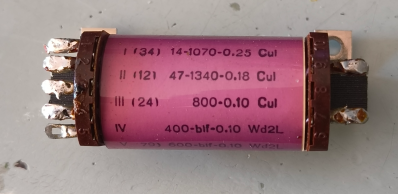Who doesn’t like dial-up internet? Even if those who survived the dial-up years are happy to be on broadband, and those who are still on dial-up wish that they weren’t, there’s definitely a nostalgic factor to the experience. Yet recreating the experience can be a hassle, with signing up for a dial-up ISP or jumping through many (POTS) hoops to get a dial-up server up and running. An easier way is demonstrated by [Minh Danh] with a Viking DLE-200B telephone line simulator in a recent blog post.
This little device does all the work of making two telephones (or modems) think that they’re communicating via a regular old POTS network. After picking up one of these puppies for a mere $5 at a flea market, [Minh Danh] tested it first with two landline phones to confirm that yes, you can call one phone from the other and hold a conversation. The next step was thus to connect two PCs via their modems, with the other side of the line receiving the ‘call’. In this case a Windows XP system was configured to be the dial-up server, passing through its internet connection via the modem.
With this done, a 33.6 kbps dial-up connection was successfully established on the client Windows XP system, with a blistering 3.8 kB/s download speed. The reason for 33.6 kbps is because the DLE-200B does not support 56K, and according to the manual doesn’t even support higher than 28.8 kbps, so even reaching these speeds was lucky.
Continue reading “Dial-up Internet Using The Viking DLE-200B Telephone Line Simulator”


















